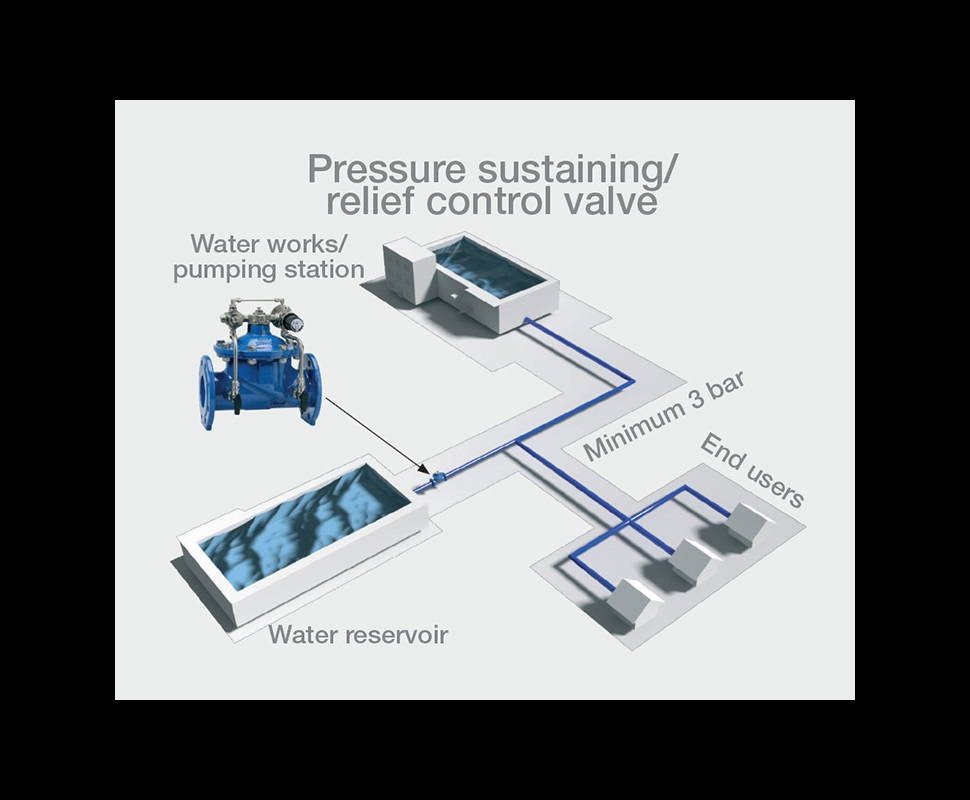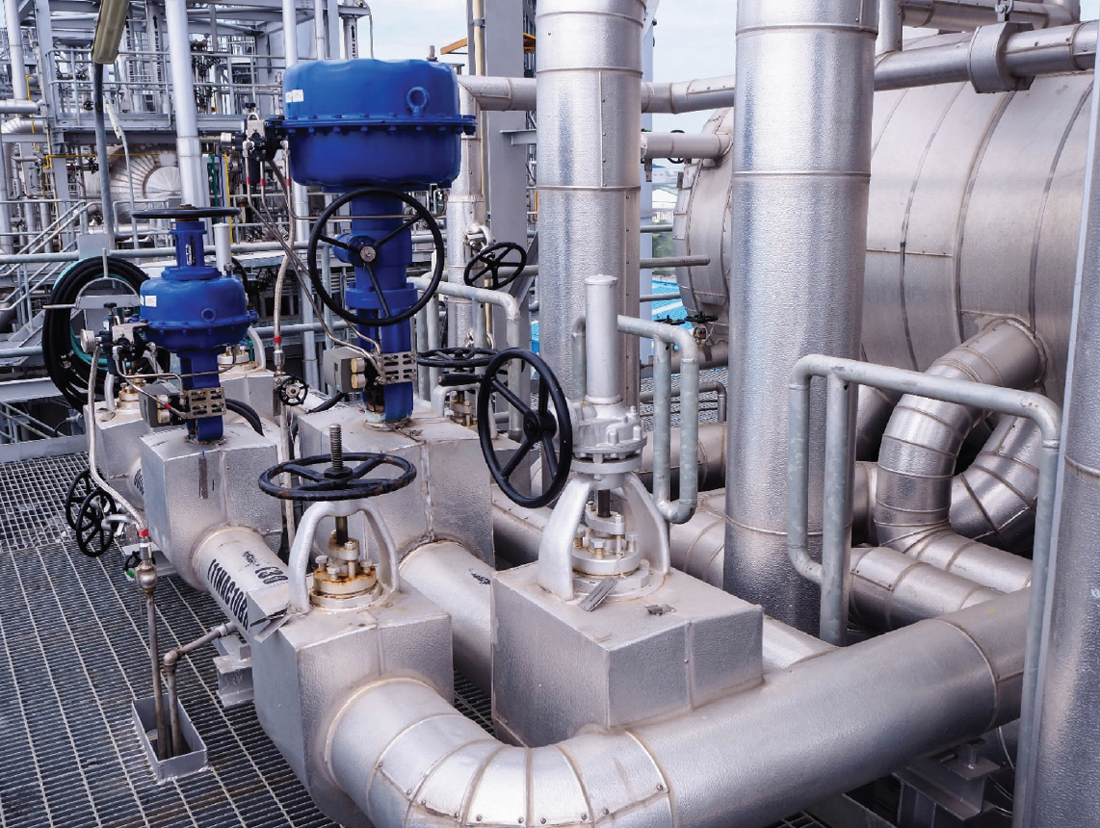Achieve Seamless Combination and Control With Top Quality Building Automation Controls
In the world of modern-day building management, the value of top quality structure automation controls can not be overstated. Embracing top quality structure automation controls is not just an issue of benefit however a tactical critical for organizations intending to enhance their centers' performance and sustainability.

Evolution of Structure Automation Controls
Throughout the previous couple of years, the advancement of developing automation controls has actually dramatically transformed the way buildings are handled and run. Building automation systems largely focused on basic features such as controlling air, air flow, and heating conditioning (COOLING AND HEATING) systems. As innovation advanced, these controls have ended up being extra innovative, enabling for a broader array of structure systems to be integrated and handled centrally.
The evolution of constructing automation controls has actually seen a shift in the direction of even more intelligent systems that can adapt to altering conditions in real-time. This adaptability is vital for maximizing energy efficiency and guaranteeing owner convenience. Furthermore, modern structure automation controls now use features such as predictive upkeep, remote surveillance, and information analytics, making it possible for facility supervisors to make data-driven decisions to boost structure performance.

Benefits of Quality Assimilation
The development in structure automation controls towards more smart systems has highlighted the substantial advantages of quality combination in enhancing structure procedures and enhancing general performance. This centralized control likewise gives better visibility and insights right into structure performance, allowing aggressive upkeep and optimization methods. Overall, the advantages of quality combination in structure automation controls are undeniable, providing raised effectiveness, convenience, and operational efficiency.
Boosted Individual Experience and Availability
Enhancing individual interaction with structure automation manages through user-friendly style and enhanced ease of access boosts the general experience for occupants and center managers alike. By concentrating on user experience, constructing automation systems can become much more user-friendly and reliable. User-friendly user interfaces, clear navigation, and personalized setups equip users to communicate with the controls quickly and efficiently.
Availability functions play a vital function in guaranteeing that all people, consisting of those with specials needs, can use the building automation controls easily. Integrating functions such as voice commands, tactile buttons, and color-contrasted display screens can enhance ease of access and make the controls a lot more comprehensive.
Furthermore, boosted user experience brings about higher customer complete satisfaction, enhanced performance, and better decision-making. Owners can readjust environmental setups according to their choices, while center managers can successfully take care of and monitor structure systems - control valves. Overall, focusing on user experience and access in building automation regulates contributes to an extra smooth and productive structure setting for all stakeholders entailed
Lasting Practices Through Automation

Moreover, automation can help with the integration of renewable resource sources such as photovoltaic panels or wind turbines right into structure operations. By immediately readjusting energy use based on the accessibility of renewable resource, buildings can further decrease their reliance on non-renewable sources. This smooth integration of sustainable practices not just profits the setting yet likewise boosts the total operational efficiency and cost-effectiveness of the building. Through automation, structures can straighten with contemporary sustainability objectives and add to a greener future.
Future Trends in Building Control Systems
In anticipation of evolving and advancing innovations sustainability methods, the trajectory of structure control systems is poised to welcome cutting-edge solutions and transformative methods. One popular pattern forming the future of structure control systems is the raised assimilation of Expert system (AI) and maker understanding. These innovations allow buildings to adjust in real-time to transforming conditions, optimizing energy intake and boosting convenience for passengers. Furthermore, the Web of Things (IoT) is revolutionizing structure control systems by linking sensors and devices to streamline procedures and improve efficiency.
Another crucial trend is the emphasis on cybersecurity actions to protect against potential hazards to developing automation systems. As buildings come to be much more interconnected, making certain durable cybersecurity procedures will certainly be vital to safeguard delicate data and stop unapproved accessibility.
Furthermore, the change in the direction of cloud-based platforms is acquiring energy, permitting for centralized control and i was reading this remote access to structure systems. This promotes simpler surveillance, maintenance, and updates, improving the total efficiency and adaptability of building control systems. As innovation proceeds to breakthrough, these fads are expected to shape the future landscape of building automation controls, driving advancement and sustainability in the constructed environment.
Conclusion
Future trends in structure control systems try this are most likely to concentrate on further improving automation capacities for boosted energy efficiency and overall performance. It is necessary for structure owners and drivers to prioritize the fostering of top quality building automation controls to optimize building procedures and attain lasting sustainability goals.
In the world of modern building administration, the relevance of high quality structure automation controls can not be overstated. In general, the evolution of structure automation manages proceeds to drive advancement in the structure administration industry, providing brand-new opportunities for developing smarter and extra lasting buildings.
The improvement in structure automation manages in the direction of more intelligent systems has emphasized the significant benefits of top quality assimilation in maximizing structure procedures and enhancing overall effectiveness. Generally, focusing on user experience and ease of access in building automation manages adds to a more seamless and productive building environment for all stakeholders included.
It is vital for structure proprietors and drivers to prioritize the adoption of top quality Continued structure automation controls to enhance structure procedures and achieve long-lasting sustainability objectives. - control valves